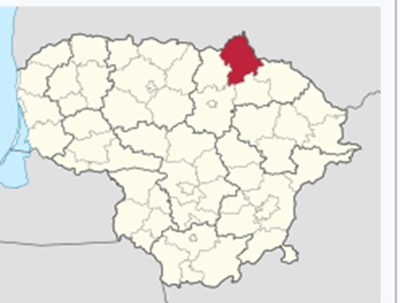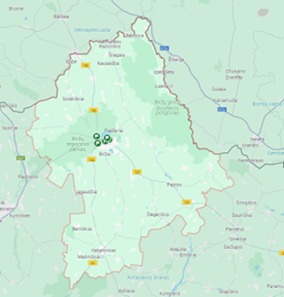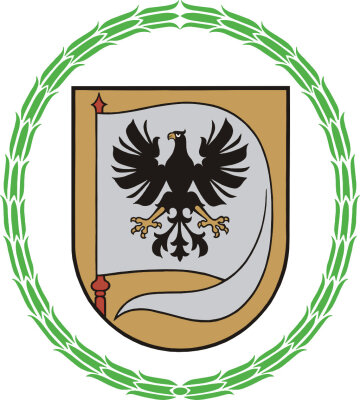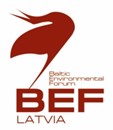FL#3 - "Lithuania" (Lithuania)
This page is also available in Lithuanian ![]()

Location
BIRŽAI DISTRICT (Lithuania)
The follower site, the Birzai district, is connected to the demonstration site 3 (Zemgale region). Birzai district is located in the north of Lithuania, on the Latvian border. It concerns a rural/agricultural area (biogeographical type: Boreal) with an approximate area of 1476km2 (water bodies occupy 2.6% of the area, built-up areas occupy 1.3%).


© Google Map

Description of the area
Biržai district municipality is located in the north of Lithuania, on the Latvian border. The area of Biržai district municipality is 1476 km². A part of the territory of the Biržai district constitutes a karst region, dominated by strongly fragmented areas of agricultural land divided by individual karst ravines or their systems. The rivers Nemunėlis (bordering Latvia), Apaščia and Tatula flow in Biržai. There are 17 lakes and 2 ponds in the territory, the largest of which is the oldest artificial lake in Lithuania, Širvėna. Forests in the territory of the municipality constitute 26.4% of the area.

Climatic Challenges
Due to climate change, the hydro-meteorological conditions in the district are worsening, with a higher probability of stronger and more frequent rains. Active agricultural activity does not help water quality and biodiversity. Slow renewal and development of water quality improvement infrastructures, as well as growing operating costs of sewage and water supply networks, are conditions why it is necessary to look for alternative, more environmentally friendly solutions, including NBS.

Planned activities
FL#3 will adopt knowledge and experience (by monitoring DS#3) on the following aspects:
- How stakeholders are involved,
- Explain technological aspects in demonstration cases,
- Assessing the potential of created wetlands,
- Design and application of artificial wetlands for animal husbandry, for small settlements,
- Systematic and targeted planning, demonstrating the NBS implementation process,
- Feasibility study for obtaining funding and the adaptation of constructed wetlands in various parts of the region.
At the same time, with the help of experts, suitable areas for the installation of constructed wetlands in Biržai district will be studied, and the guidelines for planning, designing and implementing constructed wetlands prepared by DS#3 will be adapted.
Specific follower actions to be implemented:
Social acceptance:
- Raising awareness, citizen engagement.
- Governance (policy and regulation framework):
- Identification of specific issues (i.e. roadmap setting),
- Fostering links between science and policy decisions,
- Planification.
Capacity building:
- Share good practice & strategy & tool (i.e. on the creation and running of a financial tool dedicated to NBS implementation),
- Training for public and private decision-makers and technical teams of local and regional authorities.
Replicability:
- Identification of project owners ready to replicate,
- Implement NBS locally (if financing can be secured).
Monitoring/evaluation:
- Monitoring and evaluation strategy for the new NBS projects implemented locally.

Ambition
Ambition during the project
- Gain experience and knowledge on the application of NBS,
- Obtain greater understanding of the benefits of the NBS application and popularity,
- Perform a feasibility study for financing and investing in constructed wetland in the region,
- Adapt guidelines from the demonstration site for the planning, design and implementation of constructed wetlands for water treatment in livestock facilities and small villages.
The maximum outcome is to have at least one wetland installed for water purification in the district. The costs for this implementation are not included in the NATALIE budget and would come from other sources.
Ambition after the project
The feasibility study will be the basis for obtaining funding for the installation of wetlands – as a result of which the application of NBS to improve water quality will spread and become popular. The ambition is that NBS are widely used because they are understandable to the public and are considered a desirable solution. In parallel, as a result of implementation of NBSs, the biodiversity will hopefully increase, and the risk of flooding will decrease.

Involved partners
 |
 |